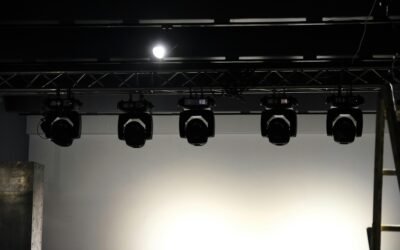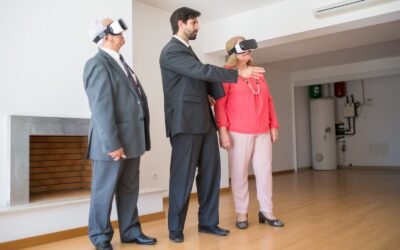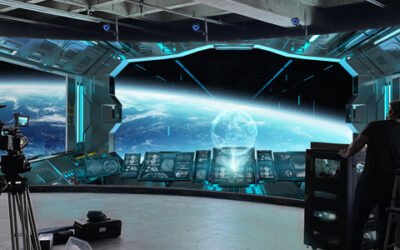A listening room at home is typically for individuals who have a strong passion for music or audio and want to create an immersive and high-quality listening experience. It is for audiophiles, music enthusiasts, or anyone who values and appreciates the nuances and details of sound reproduction.
Setting up a dedicated listening room allows individuals to escape from the distractions of the outside world and fully immerse themselves in the music or audio they love. It is a space where they can enjoy their favorite albums, discover new artists, or simply unwind and relax while experiencing the full potential of their audio equipment.
That being said, a listening room is not limited to professionals or experts in the field. Anyone with an interest in high-fidelity sound can create a listening room tailored to their preferences and budget. Whether you’re a casual listener who wants to enhance your audio experience or a dedicated audiophile seeking the utmost sonic perfection, a well-designed listening room can greatly enhance your enjoyment of music and audio content.
To set up a listening room at home, you will need the following:
- Room selection: Choose a room that can be dedicated solely for listening purposes. Consider the size, shape, and acoustics of the room. Ideally, a square or rectangular room is preferred, as irregular shapes can cause sound reflections.
- Room treatment: Apply acoustic treatment to the room to minimize sound reflections and improve the overall sound quality. This may include adding acoustic panels or diffusers to the walls, installing bass traps in the corners to control low-frequency resonances, and using acoustic ceiling tiles or rugs on the floor to absorb reflections.
- Speaker placement: Position your speakers correctly for optimal sound staging and imaging. Follow guidelines such as the equilateral triangle setup, where the speakers and your listening position form an equilateral triangle. Experiment with speaker positioning and toe-in angles to find the sweet spot that provides the best sound balance.
- High-quality speakers: Invest in good-quality speakers that suit your listening preferences and budget. Consider factors such as speaker type (bookshelf, floor-standing, etc.), driver configuration, frequency response, and overall sound signature. It’s important to audition speakers before purchasing them to ensure they meet your expectations.
- Amplification: Choose an amplifier or receiver that can adequately power your speakers. Consider the power rating, connectivity options, and features that suit your needs. Make sure the amplifier matches the speaker’s impedance and power requirements.
- Source components: Select audio sources that can deliver high-quality audio to your system. This may include a CD player, turntable, media streamer, or computer-based audio setup. Choose components that have good digital-to-analog converters (DACs) or consider adding a separate DAC to enhance the audio quality.
- Cables and interconnects: Use high-quality cables and interconnects to ensure proper signal transmission between your audio components. Look for cables with good shielding, low resistance, and connectors that fit your equipment.
- Room calibration: Consider using room correction software or hardware to optimize the sound quality in your listening room. These systems can analyze the room’s acoustics and make adjustments to compensate for any acoustic issues.
- Comfortable seating: Select comfortable seating options that allow you to relax and fully enjoy your listening sessions. Consider acoustic properties of seating materials, such as leather or fabric, which can affect sound reflections.
- Lighting and ambiance: Create a pleasant and relaxing environment by incorporating appropriate lighting, decor, and ambiance. Dimmable lighting or indirect lighting can be beneficial to set the right mood for listening.
Remember that setting up a listening room can be a personal and iterative process. You may need to experiment with different room configurations, speaker placements, and acoustic treatments to achieve the best sound quality that suits your preferences.







